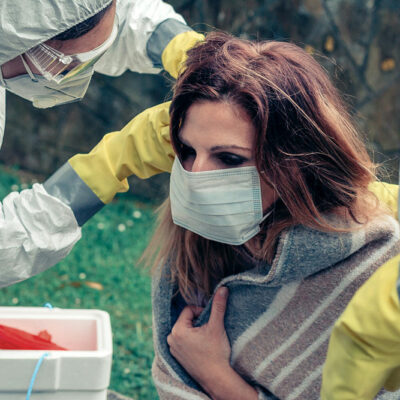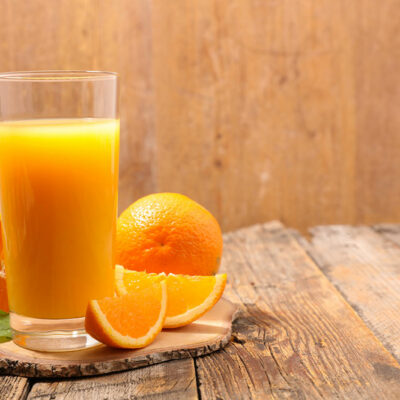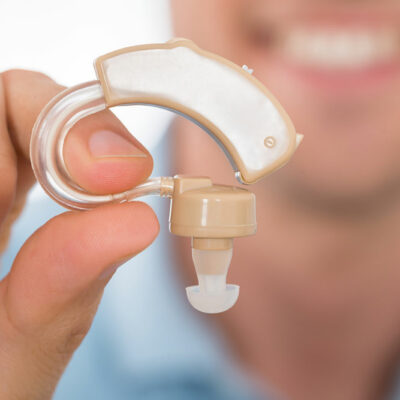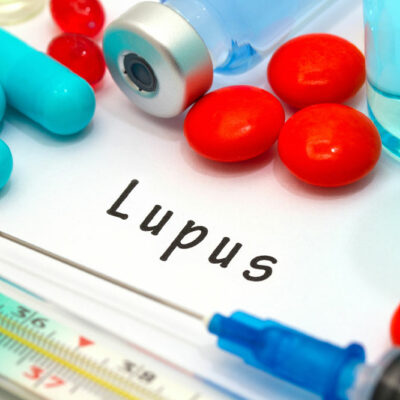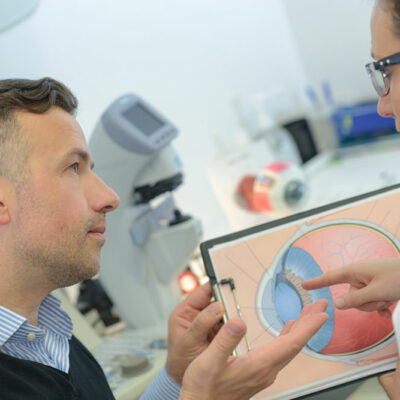
health
Foods to eat and avoid for macular degeneration
Age-related macular degeneration (AMD) is a disease that affects one’s eyes, causing partial or complete loss of vision. Symptoms of this condition include blurry or fuzzy vision, difficulty recognizing familiar faces, a blind spot or the loss of central vision, which is essential for activities like driving and reading. Modifying one’s food regime can help slow down the progression of this condition. This article highlights foods to eat and avoid for managing macular degeneration. Foods to eat to manage macular degeneration Salmon Salmon contains EPA and DHA omega-3 fatty acids, which can help the body fight inflammation and reduce cholesterol levels, which have been linked to AMD progression. Other sources of omega-3 fatty acids include mackerel, tuna, anchovies, avocado, walnuts, and flaxseed. Berries Oxidation is a major contributor to expediting the progression of AMD. Berries can help combat this oxidative damage. Blueberries, bilberries, black currants, strawberries, and goji berries are rich sources of antioxidants like anthocyanins. These can help protect the retina against degenerative damage by regenerating retinal cells and improving blood flow to the region, slowing down the progression of AMD. Berries also contain vitamin C, which helps the blood build collagen, strengthens the blood vessels in the eyes, and protects vision.

